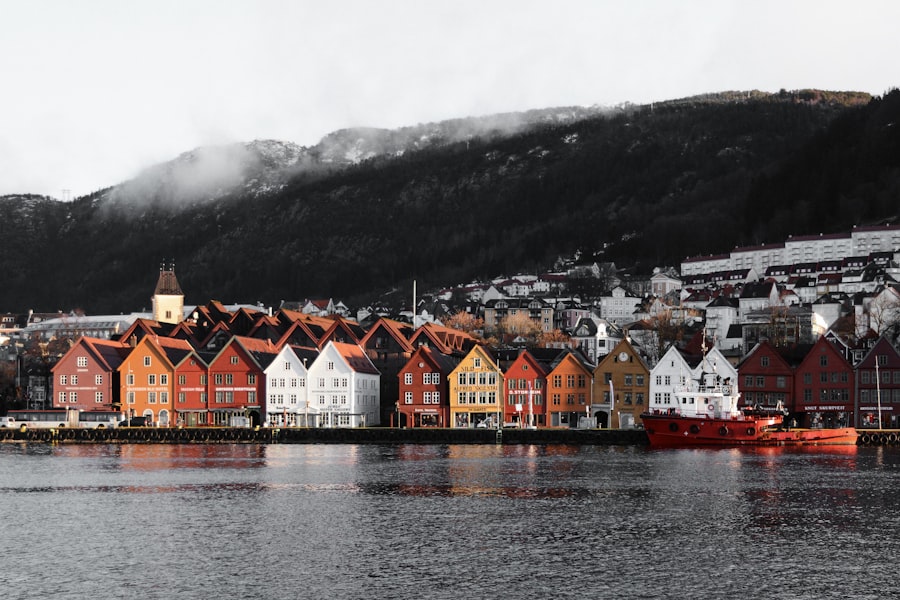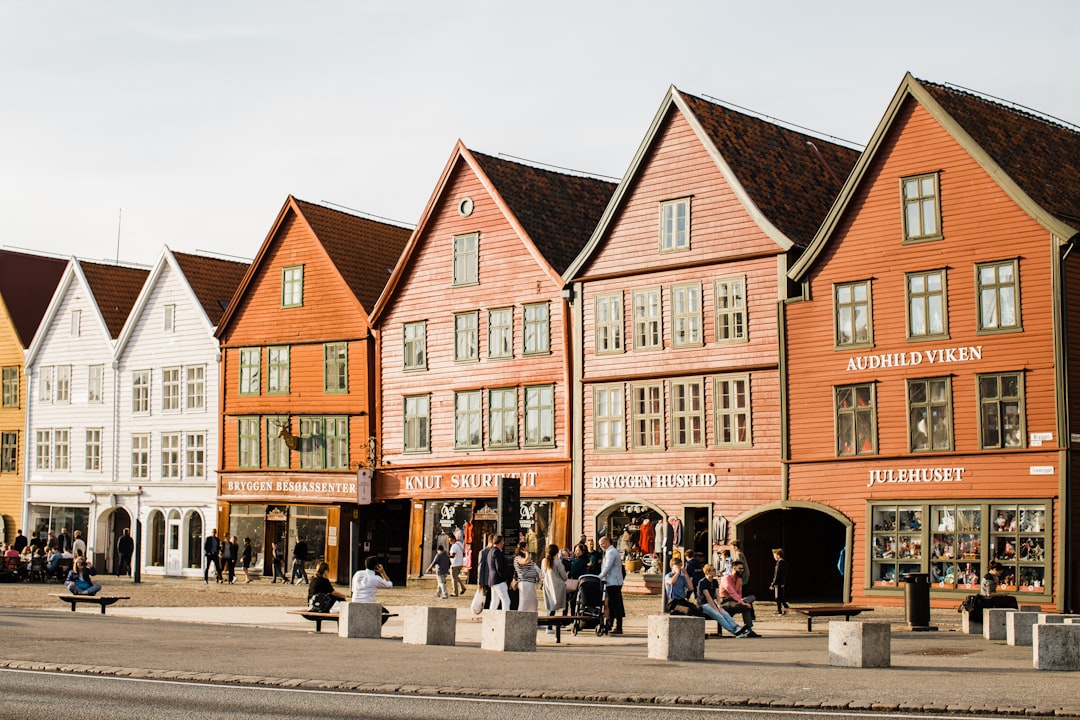The Sámi flag stands as a powerful emblem of the Sámi people, an indigenous group inhabiting the northern regions of Norway, Sweden, Finland, and Russia. This flag is not merely a piece of fabric; it encapsulates the rich cultural heritage, identity, and aspirations of the Sámi community. As a symbol of unity and pride, the Sámi flag has become increasingly significant in contemporary discussions surrounding indigenous rights and cultural recognition.
Its vibrant colours and unique design tell a story that resonates deeply with the Sámi people and their ongoing quest for recognition and respect. In recent years, the Sámi flag has gained prominence not only within the Sámi community but also on international platforms. As global awareness of indigenous issues grows, the flag serves as a visual representation of the Sámi struggle for autonomy and cultural preservation.
This article will delve into the design and symbolism of the Sámi flag, its historical origins, and its importance in Sámi culture and nationalism. Furthermore, we will explore the flag’s role in advocating for indigenous rights and its recognition on the international stage. Your journey to a smooth relocation starts here. Talk one-on-one with a Norway Relocation specialist and turn your plan into a reality.
Summary
- The Sámi flag is a symbol of the Sámi people, an indigenous group in northern Europe.
- The flag’s design and colours represent the Sámi culture, traditions, and connection to nature.
- The Sámi flag has a long history and is deeply rooted in the Sámi community, representing their resilience and identity.
- The flag plays a crucial role in Sámi culture, serving as a unifying symbol and a source of pride for the community.
- The Sámi flag is also a powerful symbol of indigenous rights and has gained international recognition for its significance.
The Design and Symbolism of the Sámi Flag
The design of the Sámi flag is strikingly simple yet profoundly meaningful. It features a blue background with a red circle bordered by yellow and green. The colours are not arbitrary; they are deeply rooted in Sámi culture and represent various aspects of their identity.
The blue signifies the sky and water, essential elements in the Sámi way of life, while the red circle represents the sun, a vital source of life and energy. The yellow and green borders symbolise the earth and nature, reflecting the Sámi people’s close relationship with their environment. Each element of the flag is imbued with symbolism that speaks to the Sámi people’s connection to their land and traditions.
The circular design is particularly significant, as it embodies unity and wholeness, echoing the Sámi belief in the interconnectedness of all living things. This design was officially adopted in 1986 during the Sámi Conference in Åre, Sweden, marking a pivotal moment in the recognition of Sámi identity. The flag’s aesthetic appeal, combined with its rich symbolism, makes it a powerful representation of Sámi culture.
The History and Origins of the Sámi Flag

The origins of the Sámi flag can be traced back to a growing movement among the Sámi people to assert their identity and rights during the 20th century. As indigenous peoples worldwide began to reclaim their narratives and challenge colonial legacies, the Sámi community sought to create a symbol that would encapsulate their unique heritage. The flag was designed by Sámi artist Astrid Båhl, who aimed to create an emblem that would resonate with all Sámi people across national borders.
The adoption of the flag in 1986 was a significant milestone in the Sámi struggle for recognition. It coincided with a broader movement advocating for indigenous rights in Scandinavia and beyond. The flag quickly became a rallying point for the Sámi community, symbolising their aspirations for self-determination and cultural preservation.
Over time, it has been embraced not only as a national symbol but also as a representation of solidarity among indigenous peoples globally.
The Importance of the Sámi Flag in Sámi Culture
The Sámi flag holds immense significance within Sámi culture, serving as a source of pride and unity among its people. It is prominently displayed during cultural events, festivals, and gatherings, reinforcing a sense of belonging and shared identity. The flag acts as a reminder of the struggles faced by the Sámi people throughout history, including colonisation, cultural assimilation, and marginalisation.
By proudly displaying their flag, the Sámi assert their presence and resilience in a world that has often overlooked their contributions. Moreover, the flag plays a crucial role in educating others about Sámi culture and history. When displayed in public spaces or during events, it sparks conversations about indigenous rights and cultural diversity.
This visibility is essential for fostering understanding and respect for the Sámi way of life. In this sense, the flag transcends its role as a mere symbol; it becomes a tool for advocacy and awareness-raising within broader societal contexts.
The Role of the Sámi Flag in Sámi Nationalism
The Sámi flag has become an integral part of Sámi nationalism, representing not only cultural identity but also political aspirations. As the Sámi people continue to advocate for greater autonomy and self-governance, the flag serves as a unifying symbol in their quest for recognition on both national and international stages. It embodies their desire for political representation and their right to make decisions regarding their land, resources, and cultural practices.
In recent years, there has been a resurgence of interest in Sámi nationalism, particularly among younger generations. The flag has become a powerful symbol of this movement, inspiring activism and engagement within the community. By rallying around their flag, Sámi youth are asserting their identity and demanding recognition from governments that have historically marginalised them.
This renewed sense of nationalism is not only about preserving culture but also about reclaiming agency over their future.
The Sámi Flag as a Symbol of Indigenous Rights

The Sámi flag has transcended its local significance to become an emblem of indigenous rights on a global scale. As discussions surrounding indigenous sovereignty gain momentum worldwide, the flag serves as a visual representation of these struggles. It highlights the importance of recognising indigenous peoples’ rights to self-determination, land ownership, and cultural preservation.
Internationally, the Sámi flag has been embraced by various indigenous movements as a symbol of solidarity. It represents a collective struggle against colonialism and oppression faced by indigenous peoples across different regions. By standing together under this shared banner, indigenous communities can amplify their voices and advocate for their rights more effectively.
The flag thus serves as a reminder that while each indigenous group has its unique history and culture, they share common challenges that require collective action.
The Sámi Flag and International Recognition
The international recognition of the Sámi flag has been an important development in recent years. As global awareness of indigenous issues grows, various organisations have begun to acknowledge the significance of the flag as a symbol of indigenous identity. The United Nations Declaration on the Rights of Indigenous Peoples (UNDRIP) has further legitimised these aspirations by affirming the rights of indigenous peoples to maintain their distinct identities.
In 2017, during Norway’s celebration of its 100th anniversary of independence from Sweden, the Sámi flag was prominently displayed alongside national flags at various events. This recognition marked a significant step towards acknowledging the Sámi people’s contributions to Norwegian society while also highlighting their unique status as an indigenous group. Such visibility is crucial for fostering dialogue about indigenous rights and promoting understanding among non-indigenous populations.
How the Sámi Flag is Celebrated and Observed
The celebration of the Sámi flag occurs during various cultural events throughout the year, most notably on National Sámi Day (Sámi National Day) celebrated on February 6th. This day commemorates the first Sámi congress held in Trondheim in 1917 and serves as an opportunity for Sámi people to come together in celebration of their culture and heritage. During this event, communities gather to raise the flag proudly while participating in traditional music, dance, art exhibitions, and storytelling.
In addition to National Sámi Day, local festivals often feature displays of the flag as part of cultural celebrations. These events provide an opportunity for younger generations to learn about their heritage while fostering pride in their identity as Sámi people. The presence of the flag at such gatherings reinforces its significance as a symbol of unity and resilience within the community.
Controversies and Challenges Surrounding the Sámi Flag
Despite its significance, the Sámi flag has not been without controversy. Some critics argue that its adoption has led to divisions within different groups claiming to represent various aspects of Sámi identity. There are ongoing debates about what it means to be “Sámi” in contemporary society, with some individuals feeling excluded from this narrative based on factors such as language proficiency or cultural practices.
Additionally, there are challenges related to appropriation and misrepresentation of Sámi culture by non-Sámi individuals or organisations seeking to profit from its imagery without understanding its deeper meanings. This raises important questions about ownership over cultural symbols and highlights the need for greater awareness regarding indigenous rights.
The Sámi Flag in Modern Contexts
In modern contexts, the Sámi flag continues to evolve alongside contemporary discussions surrounding identity politics and social justice movements globally. As more people engage with issues related to climate change, land rights, and cultural preservation, there is an increasing recognition that these struggles are interconnected with those faced by indigenous communities like the Sámi. Social media platforms have also played a significant role in amplifying awareness about both local issues affecting the Sámi community as well as broader global movements advocating for indigenous rights.
The visibility afforded by these platforms allows individuals to share stories related to their experiences while fostering connections between different indigenous groups worldwide.
The Continued Significance of the Sámi Flag
In conclusion, the Sámi flag remains an enduring symbol of pride, resilience, and unity for the Sámi people. Its design encapsulates essential elements of their culture while serving as a powerful reminder of their ongoing struggle for recognition and rights as an indigenous group. As discussions surrounding indigenous issues continue to gain traction globally, the importance of symbols like the Sámi flag cannot be overstated.
The flag’s role in advocating for cultural preservation and self-determination highlights its significance beyond mere aesthetics; it embodies aspirations for justice that resonate with many communities worldwide facing similar challenges. As we move forward into an increasingly interconnected world where diverse voices must be heard, embracing symbols like the Sámi flag will be crucial in fostering understanding between cultures while advocating for social change on behalf of marginalized communities everywhere.
Register for a Norwegian class at the NLS Norwegian Language School now!

